The bobwhite quail, also known as the northern bobwhite, or simply bobwhite, is a small North American bird. Their name is a reference to their whistling “bob white” call.
This species is both beautifully patterned and perfectly camouflaged into its environment. Their mottled brown, black, and white feathers help this species blend in to the bushes and shrubs it lives in. Read on to learn about the bobwhite quail.
Description of the Bobwhite Quail
Bobwhites are small birds with stout bodies. They are approximately eight or nine inches long, and weigh about a quarter of a pound. Their feathers are heavily mottled with a pattern of brown, black, and white of various shades.
Male bobwhites have white faces, with a c-shaped “mask” on their eyes and throats. In females, this pattern is tan and brown, and not as distinguished.
Interesting Facts About the Bobwhite Quail
These little birds are common, and quite popular as game birds. They have a number of different traits and characteristics that make them unique.
- Serious Subspecies – This species has many different subspecies within its range. In fact, there are at least 22 different subspecies of bobwhite quail. Though they are closely related, the males of different species vary in color and pattern.
- Extramarital Tendencies – In the past, scientists believed that bobwhites were monogamous birds, and bred with the same partner. As it turns out, the scientists just couldn’t track the birds very well! With the implementation of tracking devices, researchers discovered that these promiscuous little birds often have several mates in a single season.
- Breeding Like Rabbits – This species is quite prolific at producing offspring. A single bobwhite is capable of producing up to three clutches of eggs per year. This means that in a single year, a mother bobwhite might raise 25 babies or more!
- Tastes Like Chicken! – It’s a good thing they breed so quickly, because these birds usually aren’t long for this earth. The oldest individuals don’t live much longer than six years or so. This is because they are an important prey source for many different animals. Some of their predators include humans, hawks, foxes, Virginia opossums, skunks, and raccoons.
Habitat of the Bobwhite Quail
These little birds live in a number of different habitats, including grasslands, pine forests, hardwood forests, brush forests, and more. They prefer areas with open areas, rather than dense vegetation.
This species also lives in more urban areas, particularly fields, pastures, and farms. This is because they live and forage on the ground, and open areas are easier to forage in. They do not migrate seasonally.
Distribution of the Bobwhite Quail
This species of quail lives primarily across the southeast United States. Their range extends as far north as Massachusetts, as far west as Colorado, and as far south as Mexico.
In Mexico, their populations run along the eastern coast down to the very southern tip. They also live in the Bahamas, Cuba, and the Dominican Republic.
Diet of the Bobwhite Quail
Most of this bird’s diet consists of seeds, but they also eat leaves, buds, flowers, fruits, berries, and small invertebrates. The amount of insects in their diet increases prior to and during the breeding season.
They feed on a variety of different seeds and plants, including pine seeds, weeds, ragweed seeds, acorns, and more. Some of the invertebrates that they often feed on include beetles, spiders, flies, bees, and wasps.
Bobwhite Quail and Human Interaction
Bobwhites are one of the most widely hunted game birds in North America. As is the case with many game birds, their demand also makes them the most studied. Research shows that various subspecies of bobwhites are in decline. In fact, the IUCN lists the population as a whole as Near Threatened.
Though they are favorite prey for hunters, there are now regulations that limit hunting. Researchers now cite habitat destruction as the primary cause of population decline.
Domestication
Humans have domesticated bobwhite quails. The species as a whole is quite compatible with other bird species, primarily because they live on the ground. There are many different colors and patterns of domestic bobwhites.
Does the Bobwhite Quail Make a Good Pet
Yes, domesticated bobwhites are good pets. However, it is illegal to capture wild bobwhites to keep as pets. Instead, choose your birds from a reputable breeder. Always ensure the birds are healthy and living in good conditions before purchasing.
Bobwhite Quail Care
In human care, bobwhites thrive in large aviaries and can live with a variety of birds. Those birds that live in aviary-style cages prefer areas with plenty of hiding places. You should plant small bushes and shrubs on the ground for them to hide under and browse on.
There are several different commercially produced seed mixes that you can feed your quails. They also enjoy fresh vegetables and insects as well.
Behavior of the Bobwhite Quail
These birds are very social animals, and often live in large groups. A group of bobwhites, known as a “covey,” congregates together at night and forages during the day. Like chickens, bobwhites feed on the ground, usually by scratching at the leaf litter in search of seeds.
Pairs of bobwhites do not always remain together, but males and females do work together to raise their young. They even feign injury when a potential predator is near to lure it away from the chicks.
Reproduction of the Bobwhite Quail
Bobwhites build their nests on the ground, and line them with a variety of plants and small twigs. The female can lay up to 28 eggs in a single clutch, but the average is 12 – 14. It takes about 23 days for the eggs to hatch, and both parents incubate the eggs.
The newly hatched chicks follow their parents as soon as they are fluffy and dry. The mother leads them to food, and protects them from predators. Once the chicks are about 2 weeks old, they are fully independent.


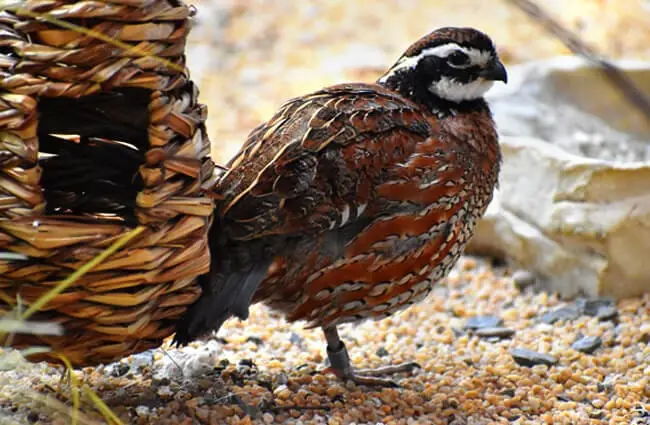
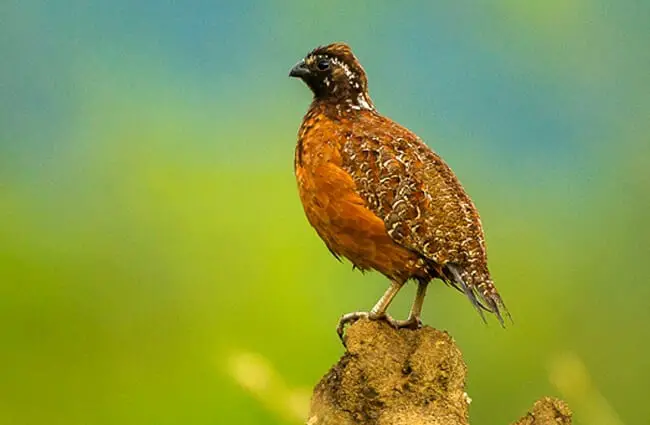
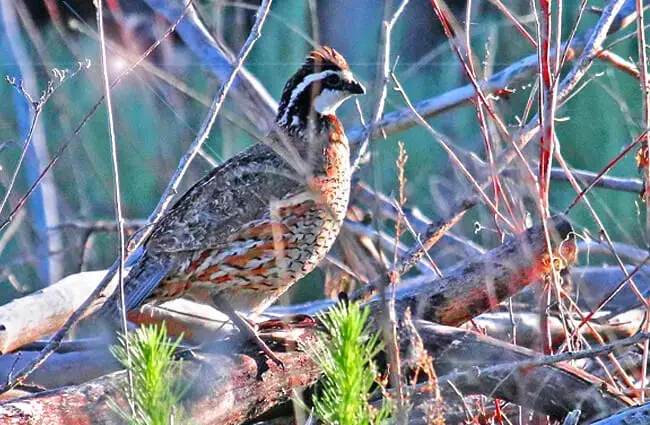
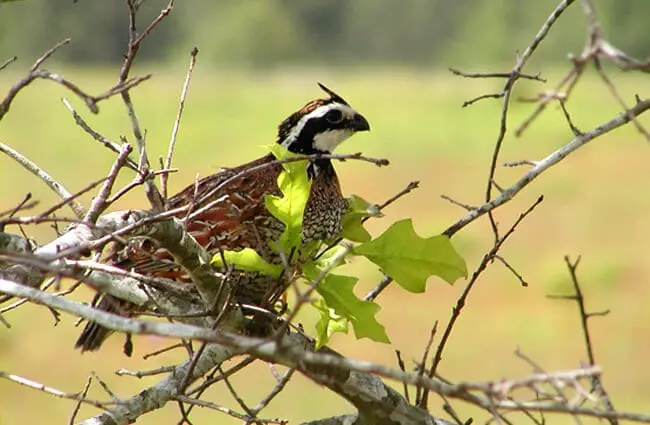
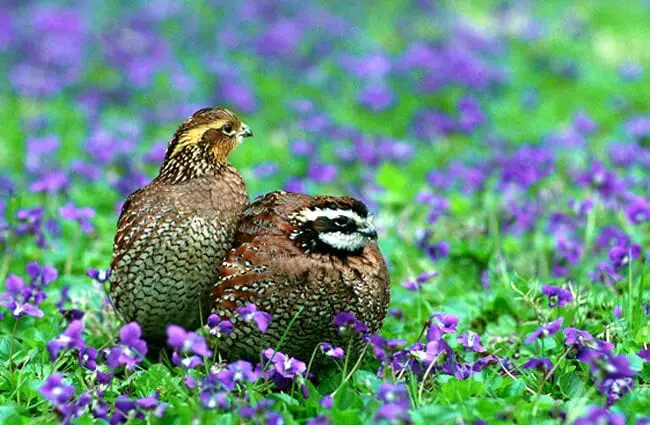

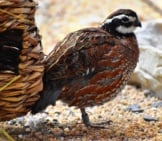

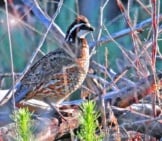
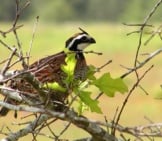
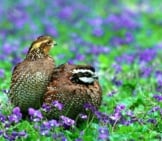
![Red Angus Closeup of a beautiful Red Angus cowPhoto by: U.S. Department of Agriculture [pubic domain]https://creativecommons.org/licenses/by/2.0/](https://animals.net/wp-content/uploads/2020/03/Red-Angus-4-238x178.jpg)












![Red Angus Closeup of a beautiful Red Angus cowPhoto by: U.S. Department of Agriculture [pubic domain]https://creativecommons.org/licenses/by/2.0/](https://animals.net/wp-content/uploads/2020/03/Red-Angus-4-100x75.jpg)

